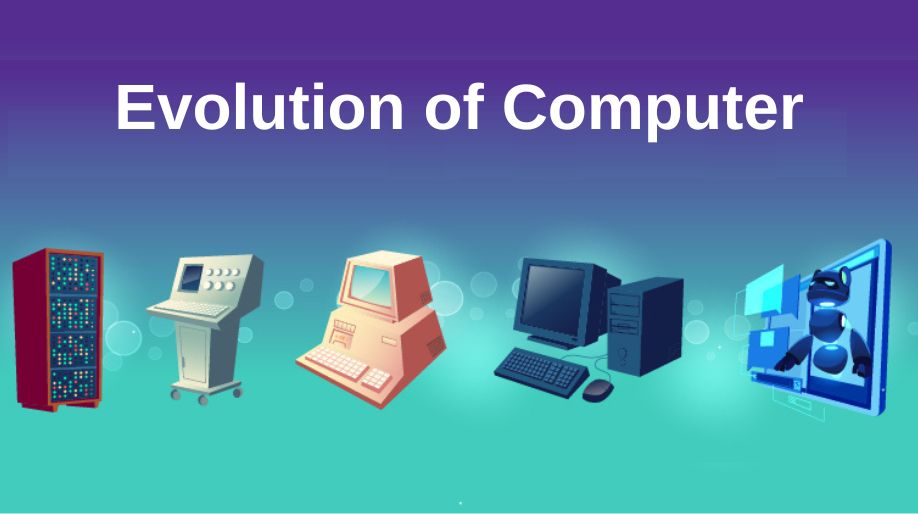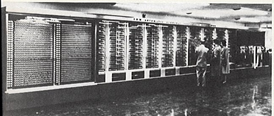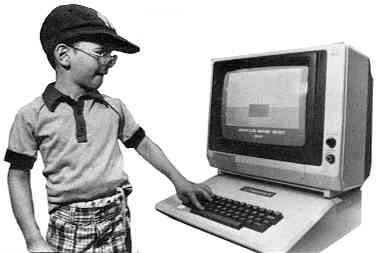
The first evolution of computers did not have monitors or memory. The abacus, the adding machine was invented in Babylon in 500 B.C. It was used to count and keep track of money and other numerical things. Then famous mathematicians invented calculators using gears and wheels.
In 1833, Charles Babbage invented all the parts the modern computer uses, but it wasn't until 120 years later that the first modern computers were invented. These first computers were huge and took up a whole room. Since we have learned so much about computers, now let us see how computers were invented. The Evolution of Computers is defined in terms of five generations. Let us take a look of them:
First Generation Computer (1940-1956)
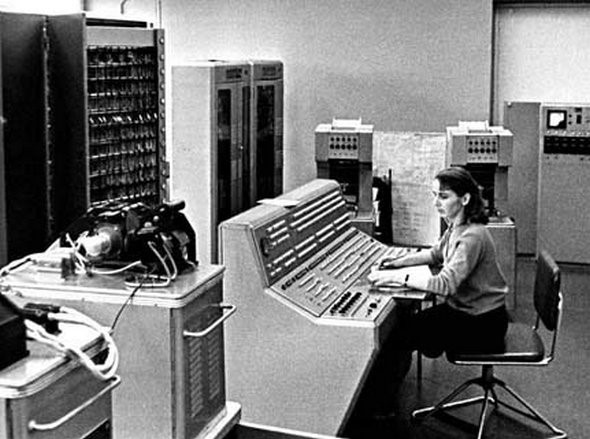
- They were made from vacuum tubes.
- These computers are very large in size.
- These computers are very large in size.
- They were very costly.
- Examples of First Generation computers are: ENIVAC and UNIVAC-1.
Second Generation Computer (1957-1963)
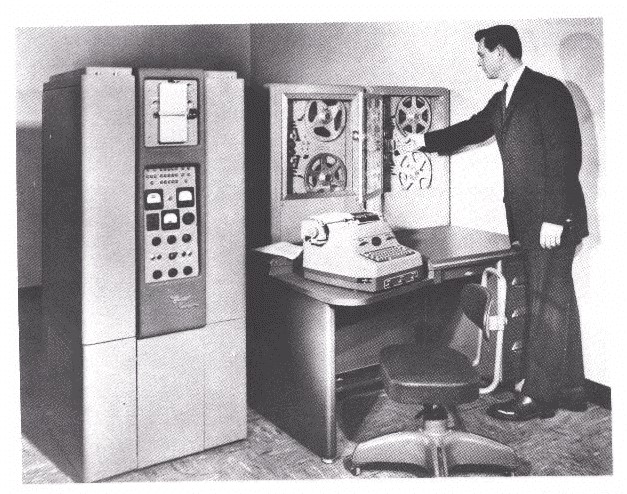
- Vacuum tubes were replaced by transistors.
- Smaller in size as compared to first generation computers.
- Generated less heat as compared to the First generation computers.
- They required less amount of electricity as compared to the First Generation computers.
- Examples of Second Generation computers are IBM 1920, IBM 1401, etc.
Third Generation Computer (1964-1971)
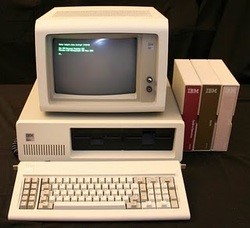
- Transistors were replaced by Integrate Circuits.
- Smaller in size as compared to the previous generation.
- More reliable than the second generation computers.
- Operating system and other application software were used.
- Examples of third generation computers are IBM-360 series, CDC 1700, etc.
Fourth Generation Computer (1972 onward)

- Computers now have become much smaller, faster and more reliable. They use less electricity and generated less heat.
- The concept of the internet was introduced.
- Computers became easily available.
Fifth Generation Computer (Present and Future)
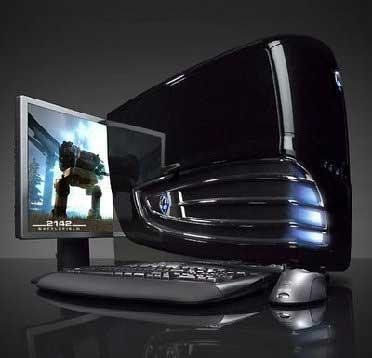
- Fifth Generation computers are still in development.
- Fifth generation computers are very fast in speed.
- A computer can understand spoken words.
- Examples of Fifth generation computers are IBM notebooks, PARAM 10000, etc.
Examples
- Who invented all the parts the modern computer uses? And when?
- Ans: Charles Babbage in 1833.
- Which generation computers made from vacuum tubes?
- Ans: First Generation.
- What was used to replace Vacuum in Second Generation?
- Ans: Transistors.
- In which generation, Operating system and other application software was used?
- Ans: Third Generation.
- What concept was introduced in Fourth Generation?
- Ans: Internet.
Recap
- In 1833, Charles Babbage invented all the parts the modern computer uses.
- The computers are classified into five generations. They are -
- First Generation Computer (1940-1956)
- Second Generation Computer (1957-1963)
- Third Generation Computer (1964-1971)
- Fourth Generation Computer (1972 onward)
- Fifth Generation Computer (Present and future)
- First Generation Computers used vacuum tubes were used.
- Second Generation Computers used transistors.
- Transistors were replaced by Integrate Circuits in Third Generation.
- Computers became easily available in the Fourth Generation.
- Fifth Generation computers are currently being developed.

